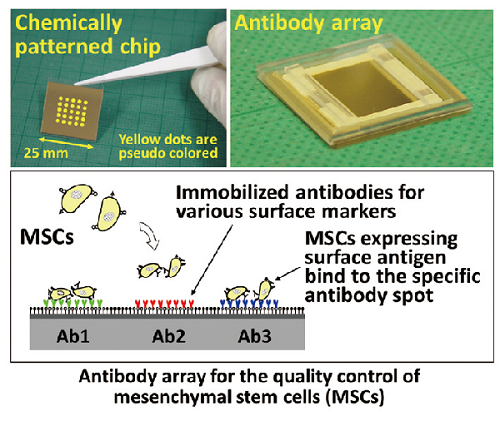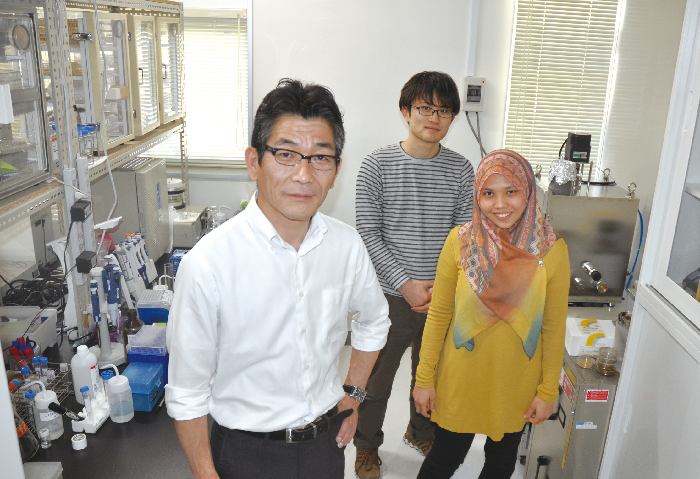【Major Papers of the Laboratory】
・T. Matsuyama, S. Pasanen, F. Futami, A. Kato, I. Hirata, S. Yanamoto, K. Kato. Enhanced infiltration of myoblasts into collagen scaffolds loaded with engineered basic fibroblast growth factor. Dent. Mater. J., Epub ahead of print (2025)
・Karina Erda Saninggar, F. Abe, A. Nakano, K. Kato. Collagen-binding bone morphogenetic protein-2 designed for use in bone tissue engineering. Dent. Mater. J., 43:718–728 (2024)
・F. Abe, A. Nakano, I. Hirata, K. Tanimoto, K. Kato. Structure and function of engineered stromal cell-derived factor-1α. Dent. Mater. J. 43:286–293 (2024)
【Education】
The Department of Biomaterials provides lectures and practical training in fundamental and applied dental materials for undergraduate students. For students in the Couse for Frontier Dental Science and the Graduate School of Biomedical & Health Sciences, we organize advanced seminars to provide an opportunity to gain knowledge on the latest biomaterials and devices for use in regenerative medicine and dentistry.
【Research】
Stem cell-based regenerative medicine holds promise for reconstructing tissues and organs damaged by various diseases and traumatic injuries. However, widespread clinical applications of this methodology require technological advances in cell processing and transplantation. Our goal is to provide solutions for these challenges through innovative and advanced engineering approaches.
We are currently involved in the following research projects:
- Methods for producing clinically-compatible stem/progenitor cells, such as mesenchymal stem cells and iPS cell-derived dental epithelial cells in large quantities.
- Antibody arrays for quality control of stem cells.
- Methods for constructing structurally-intricate tissues such as a periodontal tissue consisting of bone/ligament/cementum and a mandibular condyle tissue with layers of fibrous and hypertrophic articular cartilages.
- Designing the macroscopic shape of tissue constructs using 3D-printed polymer scaffolds.
- Engineered proteins for use as building blocks of tissue engineering scaffolds.
- In vitro analytical platforms for modeling heterotypic cell-cell interactions such as epithelial- mesenchymal interactions during tooth development.

 Home
Home




